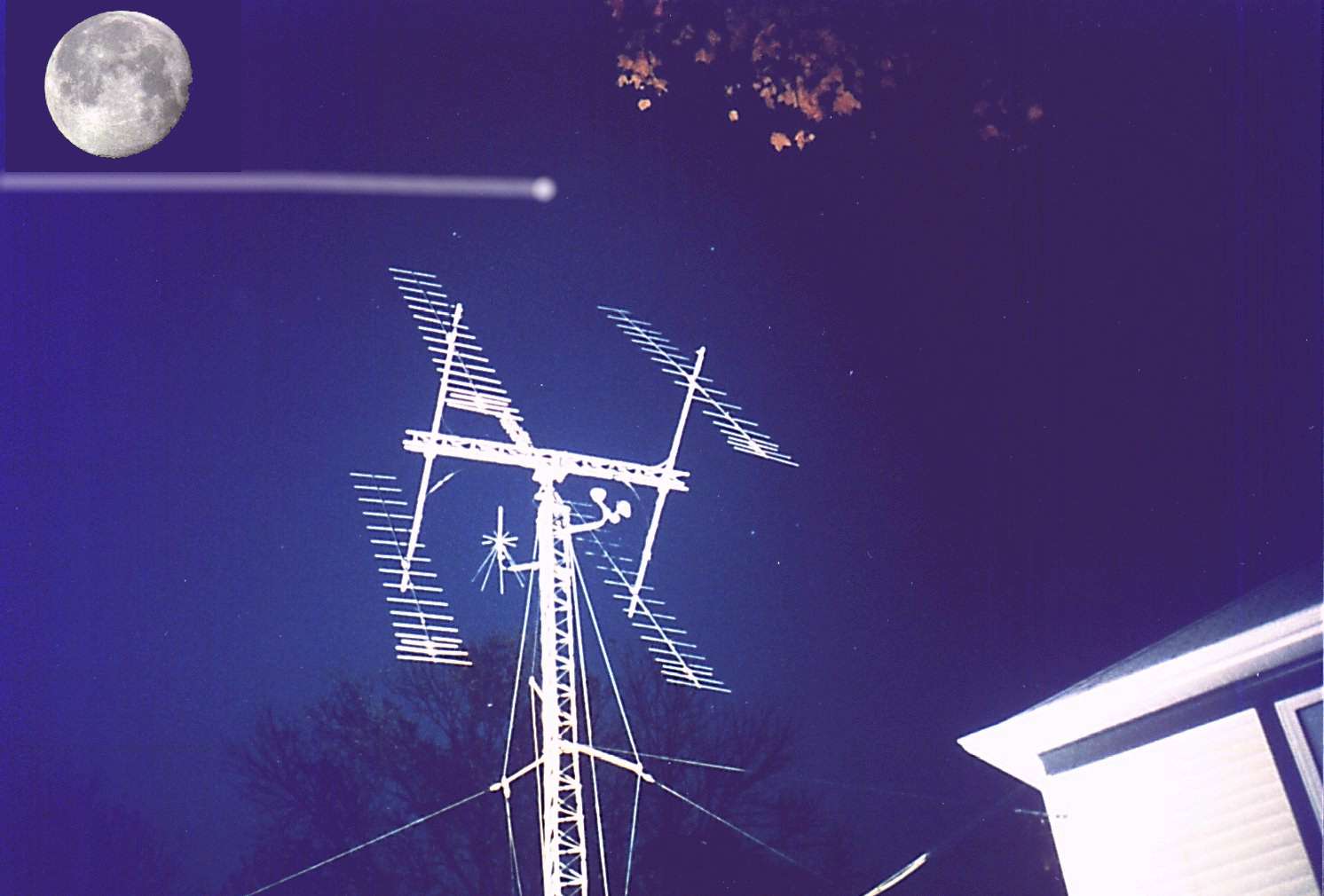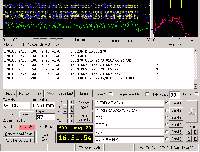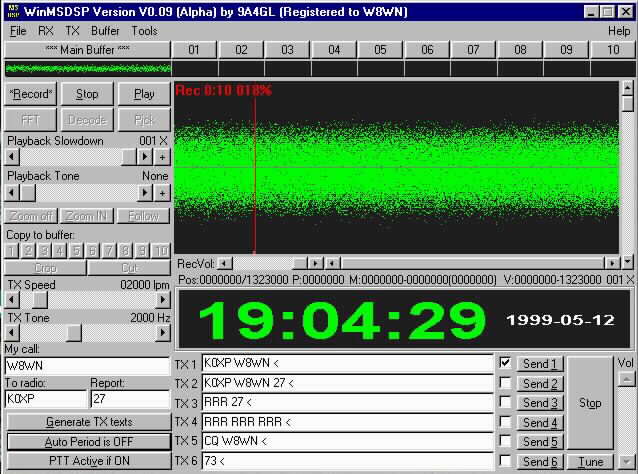




 |

|
 |
|
Click here for WWV Geophysical Alert Message |
| |
|
|
|
|








 This Web page is simply to alert you to the possibilities of working DX on 144 MHz (and some of the other bands). Use the links above and to the left to find lots more information!
This Web page is simply to alert you to the possibilities of working DX on 144 MHz (and some of the other bands). Use the links above and to the left to find lots more information!
